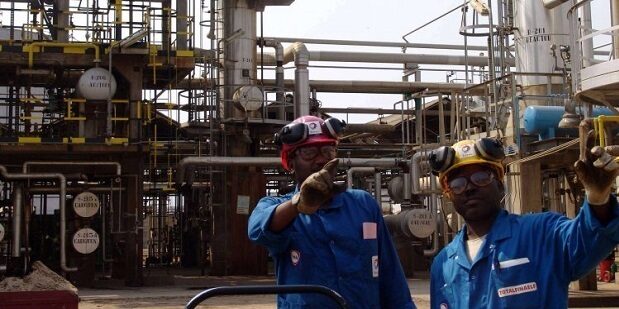With a consumption of 420 metric tons of butane gas per year, Angola is self-sufficient and has a wide supply of this fuel known as cooking gas, with three operators deployed in production.
José Barroso, who was speaking at a seminar called “Everything about Butane Gas”, organized by the Petroleum Derivatives Regulatory Institute (IRDP), added that the specifications of liquefied petroleum gas used in the country comply with established standards.
The majority of production is obtained from Angola LNG, which represents around 90 percent of the total, Luanda Refinery, 6.00 percent, and the remaining 4.00 percent from the Chevron Topping Plant, a unit installed by the northern company. American in Cabinda for exclusive supply in that province.
The liquefied petroleum gas market in Angola, he highlighted, has mainly two companies, namely the Refining and Petrochemical Business Unit of Sonangol, owner of the Luanda Refinery, and Angola LNG, which are dedicated to production and distribution .
This last activity, distribution, is dominated by five companies and a vast network of private commercial agents dedicated to wholesale and retail resale in transportable cylinders.
The importance of liquefied petroleum gas, obtained from crude refining and natural gas processing, according to José Barroso, is evidenced by its application for residential, social and industrial use.
The most incipient sector in the chain is piped gas, operated by just six installation companies and two inspection companies authorized by the IRDP, a number that the Secretary of State considered to be “very small” given the size of the country, urging capital investment private in the activity.
The country’s onshore gas storage capacity is 11,727 metric tons and filling capacity is 1,623 metric tons per day, said José Barroso, indicating that 19 gas installations are active, including four terminals controlled by the IRDP, namely the Cabinda, Luanda, Benguela and Namibe terminals.
Surplus production
According to Hamilton Silva, from IRDP, Angolan LPG production has been showing increasing levels, going from 426,562 metric tons, in 2021, to 426,675 thousand metric tons, in 2022, although the performance has registered a year-on-year deceleration in the comparison between the first half of last year and the same period of the current year.
The figures presented by Hamilton Silva indicate that, from January to June 2022, production stood at 207,767 metric tons, when, in the same period this year, it slowed to 191,367 metric tons, 8.00 percent less, which is partially attributed to a year-on-year drop in production of 22 percent at the Luanda Refinery.
On the other hand, consumption of bulk LPG (supply system using cylinders, recommended for new constructions outside urban centers) grew from 128,771 metric tons, in 2021, to 145,291, in 2022, an increase of 13 percent.
In the same sense, there was a year-on-year growth in consumption of 5.00 percent in the first half of the current year, to 74,588 metric tons, compared to the same period last year, when it was 71,014 metric tons.
The provinces that consume the most bulk gas are Luanda, Benguela, Cabinda, Huambo and Huíla, which represent 99 percent of the national market consumption.
Bottled gas consumption rose from 357,648 metric tons, in 2021, to 383,566, last year, registering an increase of 7.00 percent, rising again on a year-on-year basis, increasing from 164,113 metric tons, from January to June 2021, to 203,432, in the first six months of this year, a growth of 24 percent.
The provinces that consumed the most bottled LPG were Luanda, Benguela, Huíla, Huambo and Malanje, representing 78 percent of the market.
![]()




